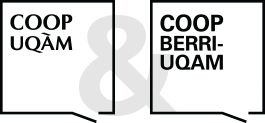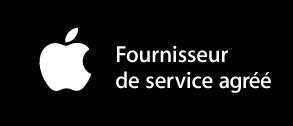Using Hoshin Kanri to Improve the Value Stream + CD
Cudney, Elizabeth A.
Éditeur : CRC PRESS
ISBN papier: 9781420084238
Parution : 2009
Code produit : 1271281
Catégorisation :
Livres /
Gestion /
Gestion des opérations /
Qualité et amélioration continue
Formats disponibles
| Format | Qté. disp. | Prix* | Commander |
|---|---|---|---|
| Livre papier | En rupture de stock** |
Prix membre : 61,70 $ Prix non-membre : 64,95 $ |
*Les prix sont en dollars canadien. Taxes et frais de livraison en sus.
**Ce produits est en rupture de stock mais sera expédié dès qu'ils sera disponible.
Description
In Using Hoshin Kanri to Improve the Value Stream, leading lean and quality expert Elizabeth Cudney constructs a complete how-to guide that any organization can employ to start a Lean effort correctly and keep it on track. Rooted in practical examples garnered over years of hand-on practice, she illustrates the key principles of lean and value, and then shows you how to put them to work. Cudney points out that organizations often fail at improvement because they go after symptomatic problems rather than the faulty system-wide processes at the root of those problems. She shows you how to avoid this common misstep by using value stream mapping to create a current-state map. Done properly, this map will help everyone in your organization come to understand just how they deliver value to customers and where flawed processes cause them to fall short. The next step is to create a future-state map that defines best processes. While that may seem easy, reaching the goals of future-state maps requires a highly disciplined effort. At this point, Hoshin Kanri -- the art of policy deployment - can make a crucial impact. Hoshin Kanri encourages a systems approach that focuses on the long-term strategy of an organization. As much as defining a methodology, it inspires a positive mindset within your organization by starting with improvements that affect flow across the entire organization. In addition to improving the delivery of value, changes with broad impact will catch people's attention, encourage their involvement and increase the momentum of improvement. Chapter by chapter, this book defines the key tools, such as Six Sigma, 5S, and mistake proofing, that your organization can employ to initiate needed process improvements.























